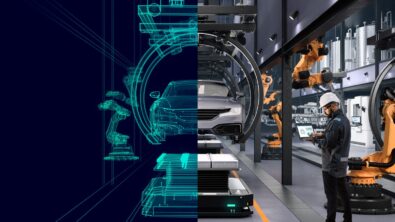How vehicle electrification is transforming the automotive industry
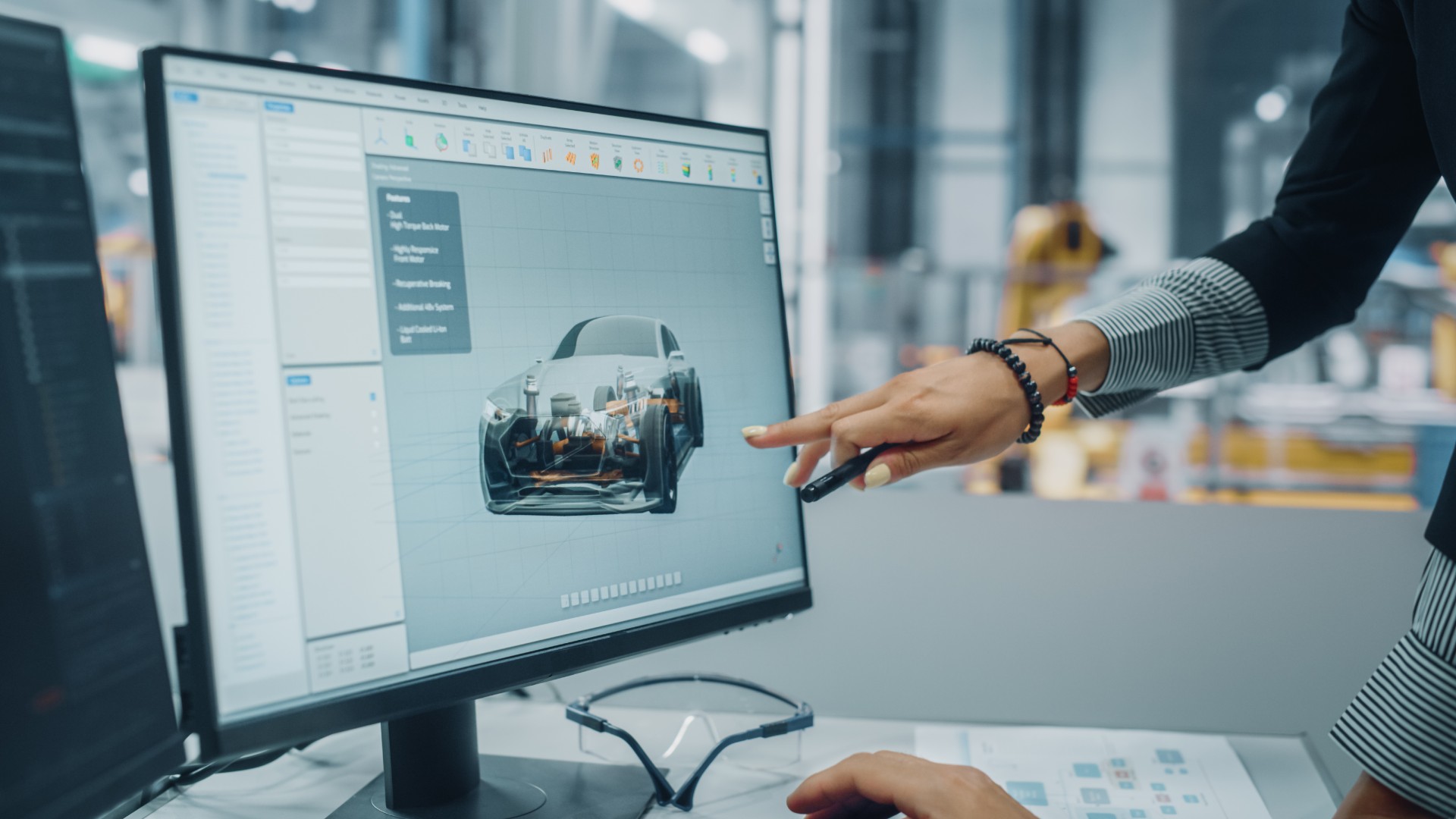
Vehicle electrification is one of the biggest trends in the automotive industry today.
Driven by policy shifts in countries targeting bans on gasoline and diesel vehicles and continued growing consumer demand for more sustainable vehicles, every automaker is working to electrify its vehicle portfolio.
And due to falling battery prices, electric vehicle (EV) sales will outpace traditional vehicle sales in the next decade, creating fierce competition for gaining market share in the electric vehicle space.
Four disruptive automotive trends driving vehicle electrification
1. Disruptive innovations force automakers to embrace the latest technologies
Automakers have mastered the art of designing, validating, and building vehicles with internal combustion engines (ICEs) over the last century.
Bringing these to market today requires a complicated process with handoffs between design, engineering, validation, and manufacturing teams working sequentially. This approach has successfully delivered safe, attractive consumer products and can drive profits.
However, automakers and suppliers face many challenges to achieve the same success with the development of electric vehicles. They struggle with embracing the latest technologies while maintaining the same levels of quality and efficiency.
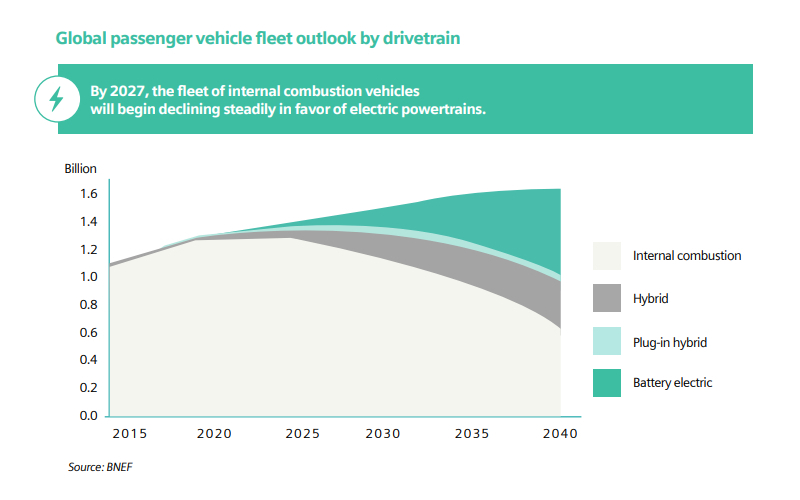
2. Technology startups increase the pace of EV development
Today’s electric vehicle manufacturers show that EV technology can be developed rapidly and profitably by focusing on innovation and smart manufacturing.
Startups have disrupted the automotive industry by innovating new technologies at lightning speed, reducing battery prices, and opening up the possibility of commercializing electric vehicles with mass-market appeal.
However, electric vehicle manufacturers are struggling to scale up production more than they might expect, as they need to be more aware of the challenges of scaling up production. Otherwise, they risk high costs due to delayed product introductions or the failure of innovative product designs.
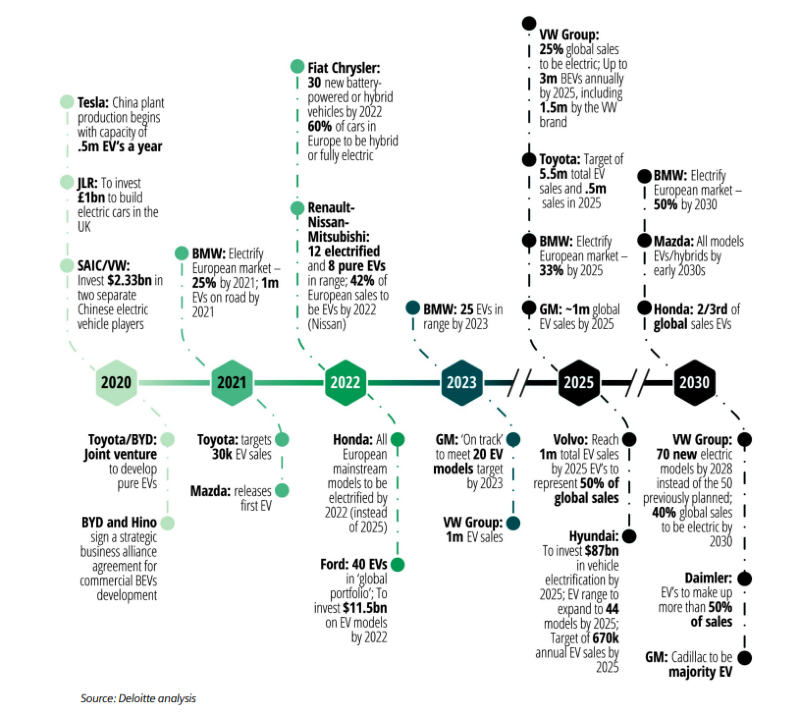
3. Vehicle connectivity has evolved from luxury to necessity
In addition to new competition in the market, OEMs are facing a steep rise in engineering complexity due to growing consumer demand for vehicle connectivity. Customers expect more than just transportation; they want fast charging, extended driving, and a personalized experience.
Compared with ICE vehicles, EVs require a significant increase in electronics content, a more complex electrical architecture, multiple voltage systems, and additional software. Even engineers designing a single EV power electronics component need to consider more implications than ever before.
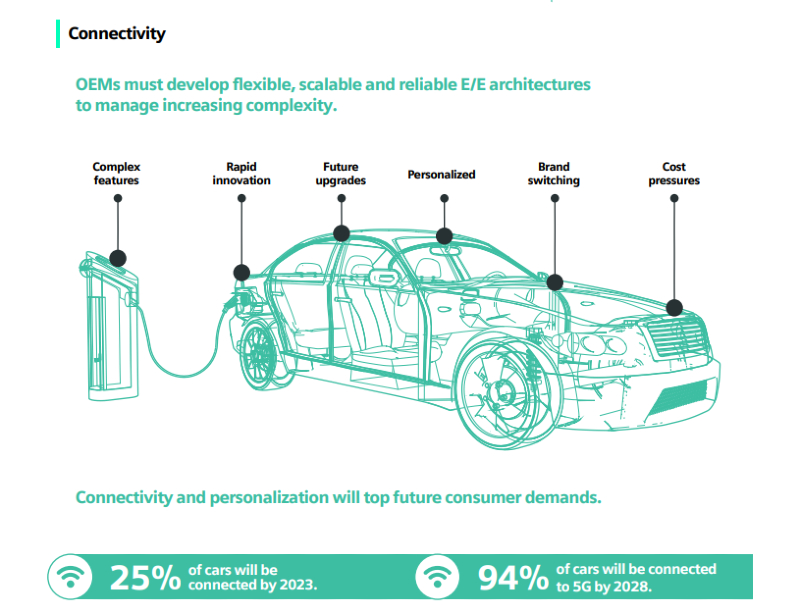
4. Governments continue to tighten regulations on CO2 emissions
Climate change prompts government mandates to phase out gasoline and diesel engines by 2050 or earlier, driving automakers to electrify their vehicle portfolio. At the same time, consumer awareness and demand for more sustainable and eco-friendly vehicles continues to grow.
Soon, EV development will favorably shift economics, reducing the gap between electric vehicles and internal combustion engine vehicles.
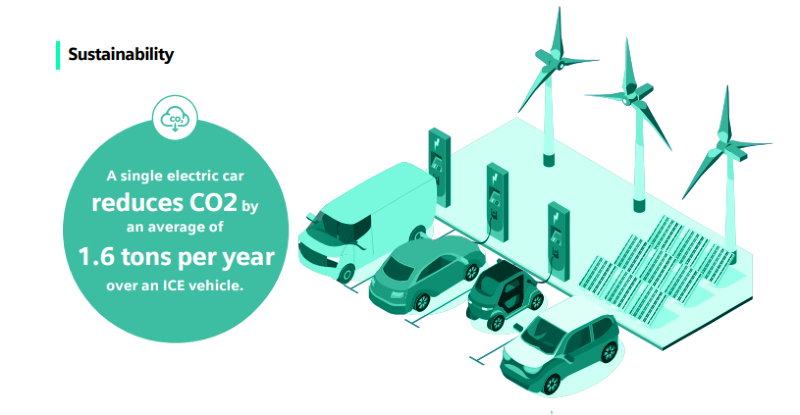
The shift to vehicle electrification is imperative and inevitable. The automotive industry must make changes to protect the environment and the bottom line to overcome these disruptive market automotive trends.
Want to learn more about how to overcome vehicle electrification challenges?
Why vehicle electrification is vital for automakers and suppliers for their survival
Faced with stricter environmental regulations and consumer demands for sustainability, connectivity, and affordability, automakers and suppliers are discovering that rapid vehicle electrification is vital to their survival.
In the last decade, the electric vehicle industry has grown from a few models with virtually nonexistent market share to more than 2.1 million vehicles sold globally in 2019.
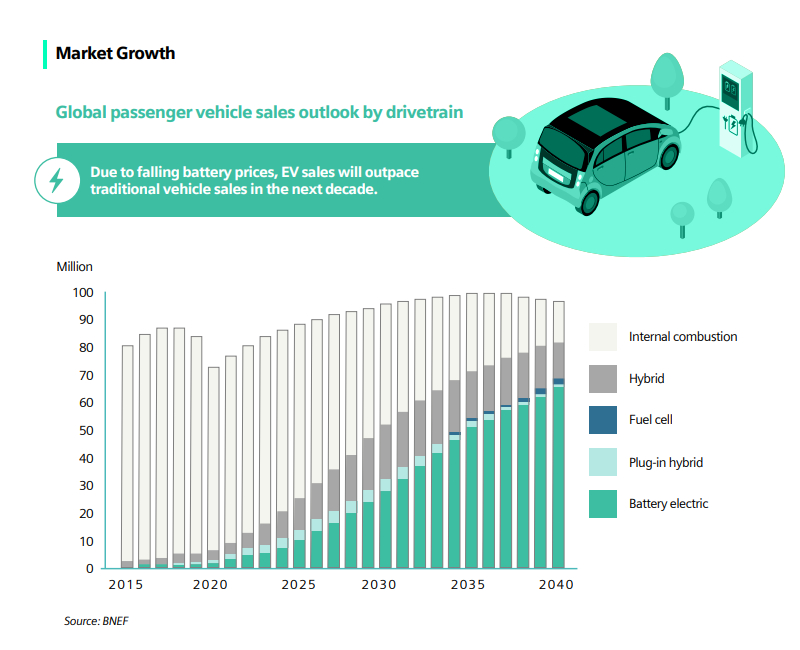
Countries, cities, and organizations worldwide have announced various mandates for developing electric vehicles.
With 40 million electric vehicles expected in Europe by 2030, the EV market is about to explode. One in two cars passing you on the road could be fully electric by 2050.
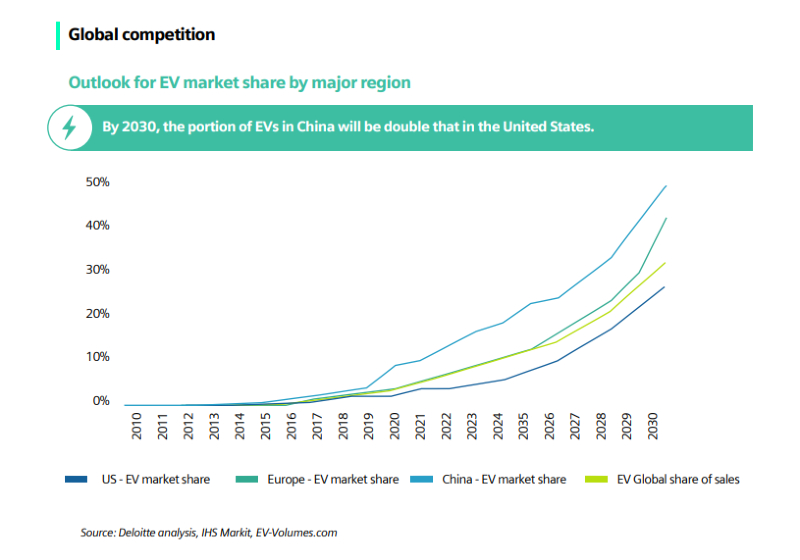
Although technology-driven market players have found ways to develop electric vehicles at more competitive prices and achieve improved performance with every new introduction, traditional automakers have trouble following that trend.
Automotive OEMs must realize they must make a fundamental change in incorporating vehicle electrification into their portfolio to stay competitive. This will be costly upfront but essential if they want to stay relevant as a market player.
But how can you deliver these connected, secure, sustainable, and reliable electric vehicles fast enough to compete in today’s complex automotive industry? Discover how by watching the video below.
The most direct and comprehensive path to faster innovation and successful mass production is an end-to-end digital transformation with Siemens Vehicle Electrification solutions.
Siemens Vehicle Electrification offers a comprehensive set of digital solutions to slash development time, increase manufacturing adaptability, improve energy efficiency, and deliver high-quality electric vehicles on time and on budget.
Want to learn more on how to simplify the electric vehicle manufacturing process?


